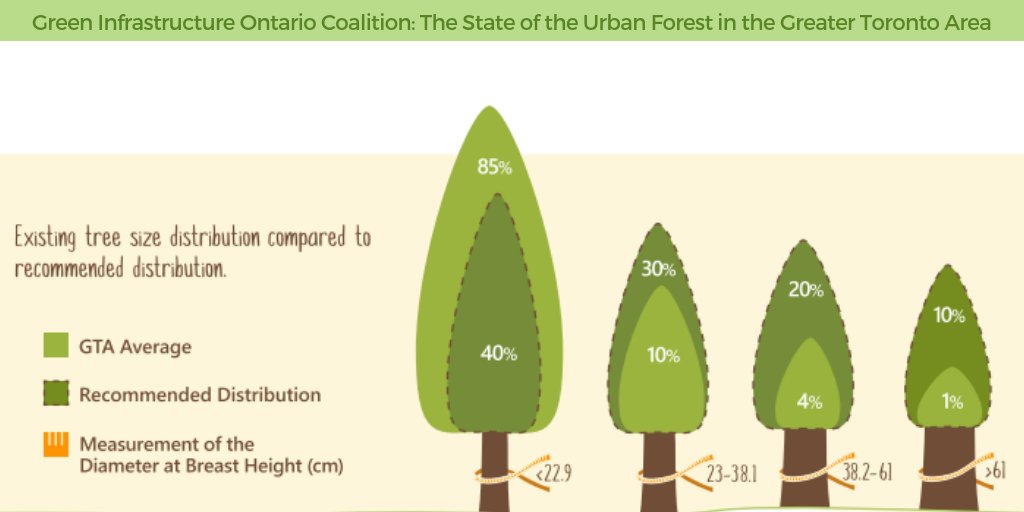Vital Strategies For Tree Trimming: Cultivating A Rich Landscape
Vital Strategies For Tree Trimming: Cultivating A Rich Landscape
Blog Article
Post Author-
When it involves creating a landscape that prospers, mastering the art of tree pruning is a must. Think of having the ability to form your trees with precision, ensuring their vitality and charm for years ahead. By finding out the necessary techniques for appropriate cuts, timing, and architectural training, you hold the secret to a flourishing outdoor room that will impress all who encounter it. But how do these trimming techniques genuinely impact the wellness of your trees and the general landscape visual?
Proper Pruning Cuts for Tree Health
When it pertains to preserving the health of your trees, making proper trimming cuts is crucial. Incorrect cuts can lead to condition, insect problem, and overall tree decline. To ensure the vigor of your trees, always begin by using sharp, tidy devices to make exact cuts.
Begin by identifying the branch collar, an inflamed area where the branch affixes to the trunk. Cutting simply outside the collar aids promote appropriate recovery and minimizes the danger of infection. Avoid leaving stubs as they can invite pests and diseases into the tree.
Keep in mind to make cuts at a small angle, sloping far from the trunk, to prevent water from pooling on the wound. In addition, get rid of any kind of dead, damaged, or going across branches to boost air blood circulation and sunlight infiltration.
Timing and Regularity of Pruning
To keep the health and structure of your trees, comprehending the optimal timing and regularity of pruning is vital.
The best time to trim trees is commonly during the dormant period in late winter or early spring. Pruning during this period helps promote brand-new growth once the tree starts budding in the spring.
Nonetheless, some trees, like spring-flowering ones, are best pruned right after they end up growing to stay clear of removing next year's flower buds.
Routine trimming is important, yet the frequency depends on the tree species and its development price. For arborist climbing knots of trees, an annual inspection to eliminate dead, infected, or crossing branches is recommended. Youthful trees might need even more frequent trimming to develop a solid structure, while fully grown trees might only need upkeep trimming every couple of years.
Prevent pruning during the autumn when diseases are more conveniently spread out, and refrain from heavy pruning during the summer season when the tree is actively growing.
Educating Young Trees for Structure
For establishing solid and healthy and balanced trees, training young trees for optimum framework is necessary. By forming a tree when it's young, you established the foundation for a sturdy and visually attractive mature tree.
Begin by identifying the central leader, which is the major upward-growing branch. Urge the central leader's development by trimming away contending leaders, aiding the tree develop a strong main trunk. Additionally, eliminate any branches that expand internal or downward, as they can create architectural issues as the tree expands.
It's important to space out lateral branches equally around the trunk to promote balanced development. As tree care service develops, continue to monitor its growth and prune as required to preserve its shape and framework.
Correctly educated young trees are less most likely to create weak crotches or chock-full branches, decreasing the threat of damage throughout tornados. Investing time in training young trees will certainly repay with a magnificently structured and resistant tree in the future.
Conclusion
Since you have understood the necessary strategies of tree trimming, your landscape is on its method to thriving. By using sharp tools, making precise cuts, and properly timing your pruning sessions, you are making certain the wellness and durability of your trees. Remember to regularly inspect and keep your trees to keep them flourishing. With your newfound understanding, your landscape will certainly continue to grow beautifully for years ahead. Keep up the magnum opus!
